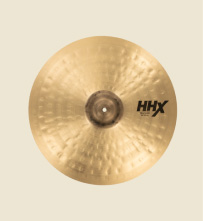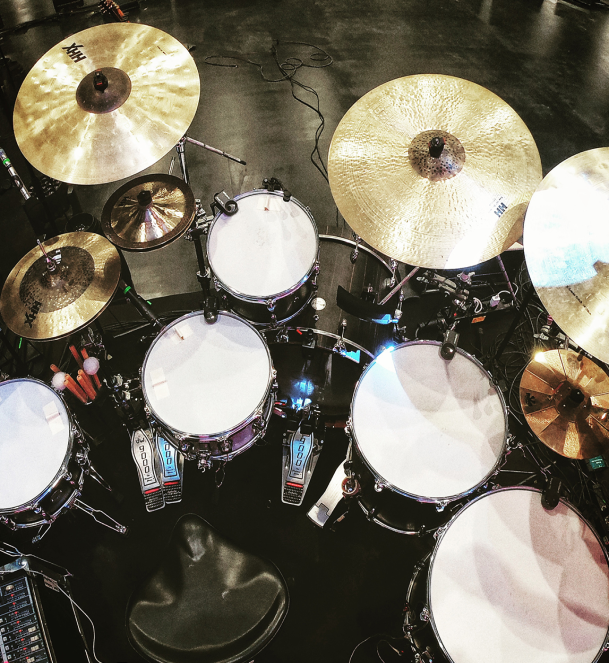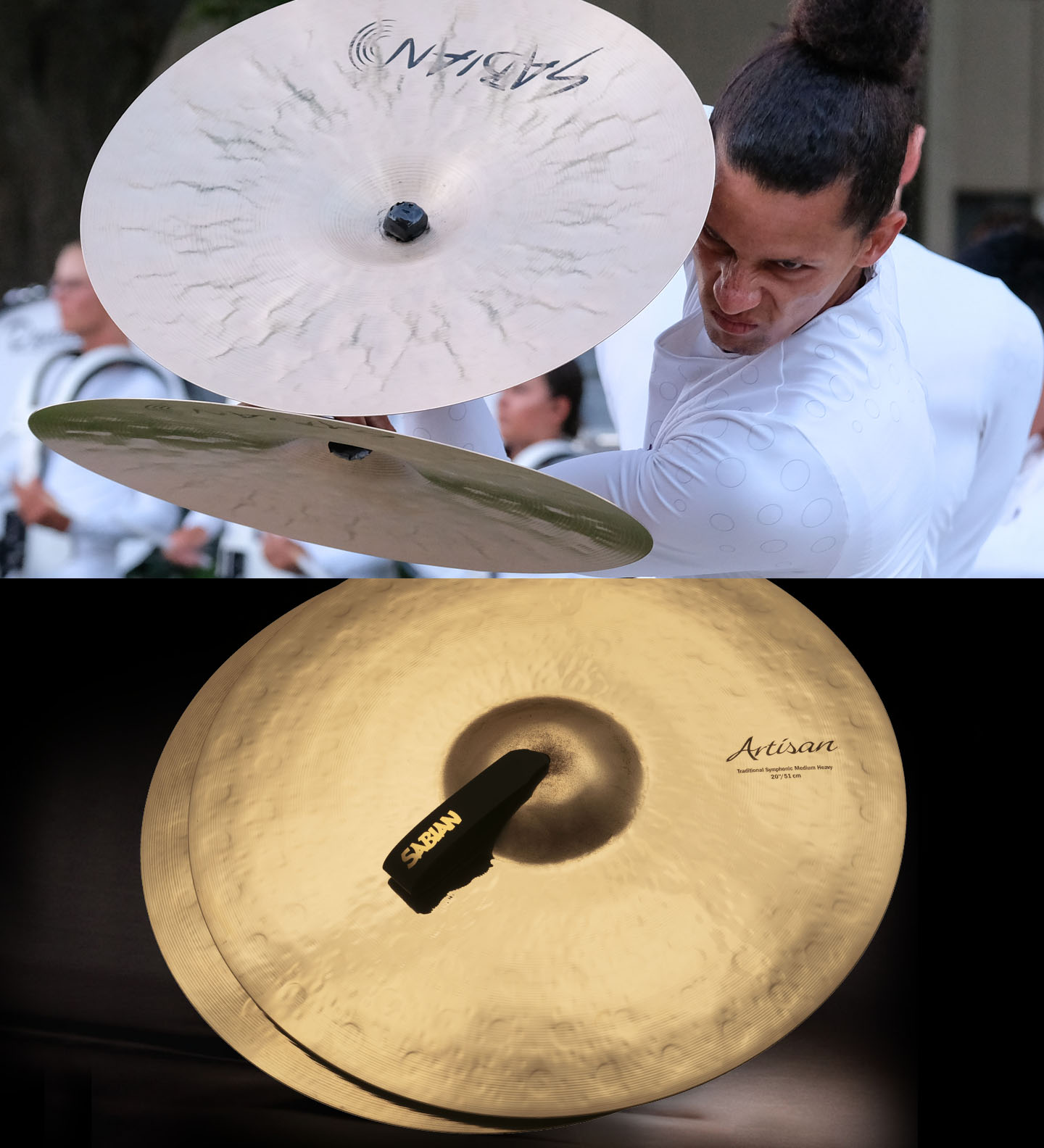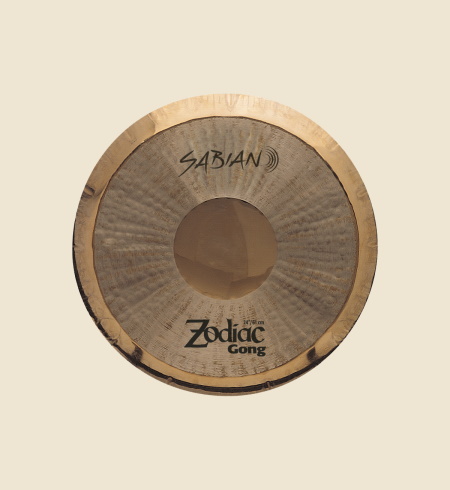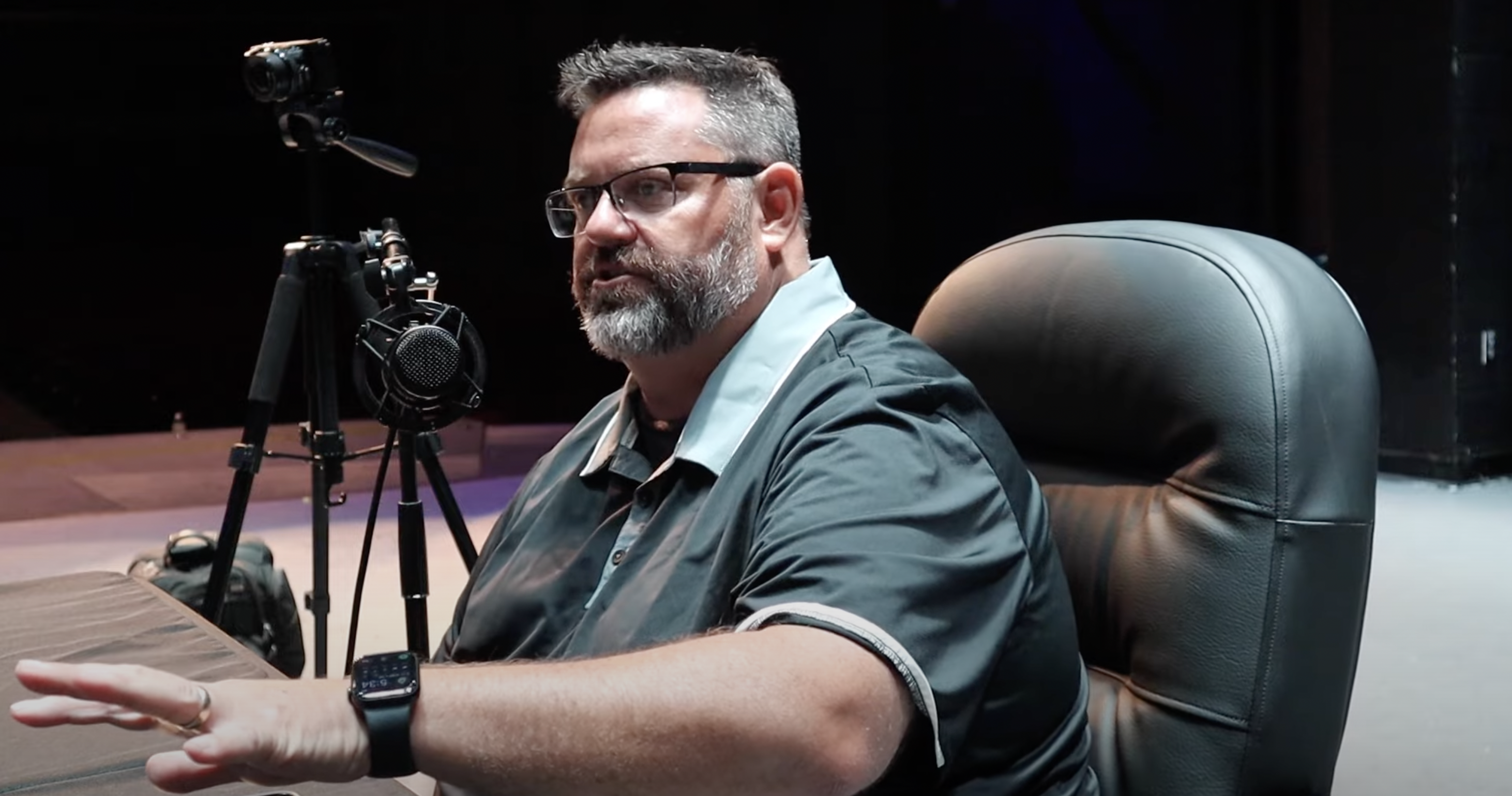SABIAN shared a round table session around Demystifying the Texas Percussion Program with special guests Clay Jasper (Pearland HS), Max Mullinix (Klein Oak HS), and Bryan Waites (Clements HS) joining Mark Reynolds, SABIAN’s National Director of Sales & Education. Together, the panel discussed the processes and culture in which Texas high school percussion programs operate. From beginners to high level marching band performing, this conversation covers all bases in what it takes to reach the high standard that exists in Texas music education.
Mark Reynolds: Every time I travel for the last 25-30 years, people ask me “what are they doing in Texas – how do they get kids to play like that?” And I’m so grateful that you guys have given up some time to have this conversation with us. It is my passion to provide as much education as we can, not only to percussionists around the country, but also music educators that aren’t percussionists. Without further ado, let’s get into it. Bryan, let’s talk about the middle school program. In terms of sixth graders, how do you guys pick who’s going to be a percussionist?
Bryan Waites: We do recruiting days where the band goes out to the elementaries…They make every kid come through the percussion room. I’m seeing every kid that comes through. We’re trying to get the best kid on the best instrument, with the right fit. It’s very easy. It’s kind of “I play, you play” to see if they have some kind of innate rhythm…We look at grades because when you get them into a section, especially in middle school, you’re not doubling instruments.
Mark Reynolds: You said everybody goes through and tries percussion. Where I’m from up in the Midwest, you wouldn’t believe how many directors are like, “there’s only ten spots for percussion, so we’re only going to let so many kids audition.” Does everybody play a wind instrument too?
Bryan Waites: They run everybody through the percussion room and then they get their top three. Like if you have trumpet, flute and sax, then they hit those. If those don’t appeal, they can go to other stations. But we bring in a team. The high school directors are there. We bring in some of the other middle school directors to man every instrument. So, when the kid walks in and every instrument is out and it’s available, they can see it. They have the chance to hear it. They can go up and try it out.
Mark Reynolds: That’s interesting, because what I’m used to is they pick three instruments, and it may be flute, clarinet and saxophone, and they don’t try percussion. You make sure that no stone is unturned. Is that similar to your guys’ situation, Max?
Max Mullinix: We’re fortunate to have amazing middle school directors…And the process is much the same as what Brian was just saying…It could [be] as simple as having students clap, count, check their coordination, and take a look at their size. Are they a kid that looks like they’re going to be able to handle moving a physical instrument? Wind instrument deals with what I call micro muscle development. And what we deal with initially is macro muscle development.
Bryan Waites: Now you’re in a much larger school than I am. And I actually have 3 feeders, so we get maybe 100 kids come through, maybe 75 kids, and I’ll take them 4 or 5 at a time. They’ll kind of come through, and there’s years where we do callbacks…And they do pick their top three. We do take that into account.
Mark Reynolds: Sixth graders have a tendency to get upset. If you tell them “you’re not going to play percussion,” then you’ve got mom and dad going “well, wait a minute.”
Clay Jasper: On that topic though, when I did the fifth grade audition, they put me on trumpet. My older brother was in the drumline and I wanted to be a drummer…and so my mom was like “you really want to play percussion, huh?” And I was like “yeah.” And she called and said “what can we do to put him in percussion?” And they were like “well, he’s got to take lessons.” I guess because of my personal experience, if a parent is that adamant, I’m like “cool, do it.”
Mark Reynolds: I’m sure all three of you would agree that the success of your high school programs comes from the way the middle school formula is set up. For people that are watching and listening, do you start with mallets first? Is it mallets for six weeks then snare drum for six weeks? A little bit of both?
Max Mullinix: I enjoy starting the kids, which is snare drum: first learning physical motion, understanding, maybe not even reading yet. I put dots on the board and we’d read the dots. I’d remove a dot and go “well, let’s leave that dot out.” And what it does, is it takes the notation theory aspect out of it initially. [It] teaches them grouping education, or motion…I think it’s one of those things where, for me, starting a kid with motion first really led to a greater success.
Bryan Waites: First, I do nine weeks of snare drum and we talk about some mallet theory. I give what I call a ‘paper keyboard’ and they can touch and say note names…But the rest of the class, we’re doing hands, because the motion and the technique part is so important to develop before we start to move and hit different targets. I do a solid nine weeks before we start to touch mallet instruments. And by the time we get over there, they know where all the notes are. They know some theory. They know the notes on the staff. And they have a technique developed where they can start to make a good sound pretty fast.
Mark Reynolds: How do you work in being in band. Like, do the directors here say, I want the percussion in full band with me once a week, three times a week? Never?
Max Mullinix: Never, they’re in homogenous classes in Texas. I look at it like this: Is homogenous the end all, be all game changer? I think as a community it is, and I think that that’s the biggest missed outlet in the United States, is making a cluster effort to have alignment between directors. Like, okay, that woodwind person is going to teach the sixth-grade woodwind people, the brass aren’t going to be in a band their first year. But what they’re going to be in is that homogenous section, and all they’re going to focus on is being good at that right away. And no pressure to where the band director’s got to deal with 89 kids at a time.
Mark Reynolds: So, you get through sixth grade. It’s a lot of one-on-one percussion technique. Percussion is a unique thing for a music educator that’s not a percussionist. All of a sudden, in seventh grade, I’ve got to teach them how to play tambourine in concert, bass drum and concert snare drum, and all of this other stuff. How does that curriculum fit into all that? Does that start in seventh grade?
Bryan Waites: I do that sixth grade.
Clay Jasper: Yeah, because for these mega band things, they have tambourine, triangle. They’re not just playing pad and keyboard. So, I have to teach them how to do that, which is awesome. We rehearse their music, but I’ll have everybody play each part. This is the tambourine and this is how you play it, everybody gets to hold it, and you just play it for a second. And then triangle, same thing. It’s not really like a weekly thing, it’s just kind of organic with whatever music we’re playing. Like, “oh, this is a suspended cymbal. This is how you play it.”
Mark Reynolds: What is the most important thing, fundamentally, that those kids learn in middle school to help prepare them for high school?
Max Mullinix: The most important thing to me has less to do with technique, believe it or not, and more to do with willingness to succeed and intrigue. Because the technique will develop if the kid really wants to do it.
Bryan Waites: I totally agree with that, but I also think tone, quality tone, just making a good sound. Understanding what a good sound is. And the technique will come like you were saying…When I was early on, I was trying to rush things, trying to get them to play all the hard stuff when they were in seventh grade. There are kids that will work that hard and the kids that have just that natural ability. But there are [also] kids like me. I had to practice all the time to play that kind of stuff. And I just focus more on getting them to sound good. And getting the motion to be natural.
Mark Reynolds: What advice would you have for a music educator? Like, are there resources out there?
Max Mullinix: There’s so many sight reading websites that you can go and click on “music scores”…you can buy those Roger Winslow sight reading books that are fantastic. Honestly, you [can] turn any page in the Mark Wessel book.
Bryan Waites: There’s a daily drill series out there, it’s a five minute drill thing, I want to say it’s Eric Rath. It’s a very small book, but it’s daily. There’s some different things that you can do while the winds are warming up, versus just playing eight on a hand…I also think it’s the amount of time that you’re willing to spend. I know directors that outside of the day stay after, and they are pulling kids in to listen to them individually. And it’s making a personal connection with the kid, but it’s also giving them 5, 10 minutes of, “let’s try this with your hands and see if we can get you to sound this way.”
Mark Reynolds: We’re not going to talk about everything in high school. But it is common for Texas schools to have percussion class in the school day, and I’m sure that’s where personalized attention comes in. How does that work?
Bryan Waites: It happens at the same time as a band class. It’s coded as a band class. We just have facilities that I can pull them into another room. So, they’re coming at the same time as a band class, they’re just not with the band.
Mark Reynolds: Now I’ve heard some pretty dang good ensembles around here where the percussion sounds amazing with the band. When do they work with the band?
Bryan Waites: My class aligns with the third band and the top band…In the spring, those kids can just go straight into their band class. And if I need to pull them out and work on percussion ensemble, or whatever it is that we’re working on that particular day, I can I just pull them out of class. It’s kind of a give and take relationship that I have with the directors where we come to an understanding…Monday, Wednesday, Friday, they’re coming with me. Tuesday, Thursday, they’ll be in full band with you. And then there’s rehearsals after school where I do extra stuff with the wind ensemble and some percussionists.
Mark Reynolds: I want to ask each of you one question, and it’s very simple. Why do you do what you do?
Clay Jasper: That’s a good question. It’s still fun to me. And I can go do something else and make more money, but that’s not what life’s about for me, personally. I want to have fun. It’s not really a job to me…Affecting lives as well. And I know it sounds kind of cliche, but that is a big part of my job. I get to spend pretty much seven years with kids from sixth grade through twelfth grade. I’m a big influence in their life.
Bryan Waites: You create these relationships and you become who you surround yourself with. And I’ve been extremely fortunate in all that time to be surrounded by some great people…My wife Stacy is my biggest fan. And when you spend 80 hours a week away, you have to have somebody that’s going to be your biggest cheerleader.
Max Mullinix: The classroom setting for me, as an educator, the purpose being in there is so special…When I look at my dots connecting backwards, the redeeming things I see in all of those people, they were just trying to create moments for these kids. And that’s what I really thought got to that excellence…You gotta make them interested in that. Interest comes through those emotional experiences that they live in three-minute segments when they’re in sixth grade.
Bryan Waites: Excellence is a by-product of the process that’s happening.
Max Mullinix: Don’t skip the process to get the excellence.
Mark Reynolds: Well, listen, guys, thank you so much for giving up your time to do this. I can’t tell you what it means to me that you guys play SABIAN and that you trust, not only the instruments that we make, [but that] it really does mean a lot to us as a company that we truly care about education. And that’s why it was so important to put together a community of educators for SABIAN that genuinely cares about what we’ve talked about today.
This conversation has been edited for length and clarity.


